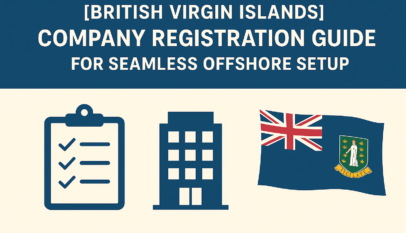
The growth of online education has led to an increase in the popularity of online courseware. This digital platform allows learners to access a variety of courses from anywhere, making education more accessible than ever. Online courseware provides a flexible solution for individuals seeking to enhance their skills and knowledge at their own pace.
By utilizing online courseware, students can engage with interactive content, collaborate with peers, and receive instant feedback. This enhances the learning experience and enables individuals to tailor their education according to their unique needs and schedules.
Educational institutions and businesses alike are recognizing the value of integrating online courseware into their training programs. As a result, the landscape of learning is evolving, presenting opportunities for continuous professional development and personal growth.
Evolution of Online Courseware
The development of online courseware has transformed the educational landscape. Various historical events and technological improvements have played crucial roles in shaping how learners access and engage with educational materials.
Historical Context
The origins of online courseware can be traced back to the 1960s with the introduction of computer-assisted instruction (CAI). Pioneers like Stanford University developed early programs that utilized computers for pedagogical purposes. The 1990s marked a significant shift with the rise of the internet, which enabled the creation of more interactive and accessible learning platforms.
By the late 1990s, Learning Management Systems (LMS) emerged, allowing institutions to manage and deliver e-learning. Platforms such as Blackboard and Moodle gained popularity, facilitating course delivery online. This era also saw the incorporation of multimedia elements, enhancing user engagement and improving educational outcomes.
Technological Advancements
The rapid evolution of technology has significantly impacted online courseware. The introduction of high-speed internet in the early 2000s allowed for seamless access to rich media content. Learning experiences improved due to the integration of video lectures, interactive quizzes, and discussion forums.
Cloud computing further revolutionized online learning, allowing for scalable and flexible education solutions. Users can now access courses from anywhere, using various devices. Mobile learning has also gained traction, enabling students to continue their education on smartphones and tablets.
These advancements have led to an increase in the variety of available courseware, catering to diverse learning styles and preferences.
Components of Effective Online Courseware
Effective online courseware incorporates several essential components that enhance the learning experience. Focused content, engaging interactions, and robust assessment tools significantly contribute to the overall success of any educational program.
Content Creation
Content creation is critical for engaging students and ensuring that learning objectives are met. High-quality materials should be accurate, relevant, and tailored to the target audience. This can include a mix of text, video, audio, and infographics.
Best Practices:
- Use clear headings and bullet points for easy scanning.
- Incorporate multimedia elements to cater to different learning styles.
- Ensure all content is up-to-date and aligns with educational standards.
Consistent formatting and accessible language will help students grasp complex concepts more effectively. A well-organized course structure also enhances usability.
Interactive Elements
Interactive elements increase student engagement and promote active learning. Incorporating tools such as discussion forums, quizzes, and simulations can make the course material more relatable.
Types of Interactive Elements:
- Discussion Boards: Facilitate peer interactions and collaborative learning.
- Quizzes: Provide instant feedback and help with knowledge retention.
- Simulations: Allow learners to practice real-world scenarios in a controlled environment.
These features encourage students to take ownership of their learning and develop critical thinking skills. A user-friendly interface for these elements ensures smooth navigation and enhances user experience.
Assessment Tools
Assessment tools measure student understanding and progress throughout the course. These tools should provide clear criteria for evaluation and allow for diverse methods of assessment.
Effective Assessment Tools Include:
- Formative Assessments: Help track progress and identify areas needing improvement.
- Summative Assessments: Evaluate overall learning effectiveness at course completion.
- Self-Assessment Opportunities: Enable students to reflect on their knowledge and skills.
Timely feedback from assessments can guide learners on their journey. Incorporating various assessment styles caters to different learning preferences and promotes a well-rounded educational experience.
British Virgin Islands Company Registration Guide for Seamless Offshore Setup
Registering a company in the British Virgin Islands (BVI) is a straightforward process tha…









